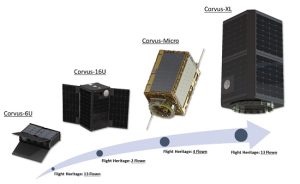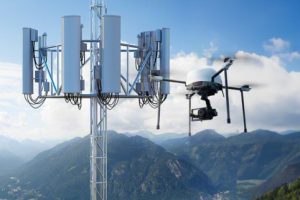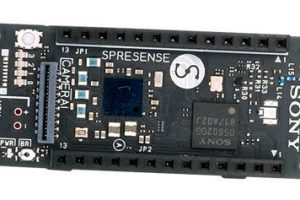The Astro Digital satellites will carry an SSCC optical terminal for establishing high data-rate Lasercom links with each other, as well as with terminals on the Earth.
The idea is to showcase SSCC’s optical communications technology and help laser communications to become the industry standard for space comms.
SSCC’s Lasercom terminals use Sony Blu-ray technology for laser alignment and are optimised for small satellites. And the satellites, using Astrol Digital’s Corvus bus platform, are expected to be launched in 2026.
Communication
“We are thrilled to be partnering with Astro Digital on this important project,” said Kyohei Iwamoto, President, SSCC. “As space exploration and travel continue to expand, the need for efficient and reliable communication becomes paramount.”
“We firmly believe that lasers, with their compact size, increased speed, ability to transmit large amounts of data, and inherent high security (relative to radio frequency systems), will become the industry standard for communication in space. This collaboration with Astro Digital further solidifies SSCC’s commitment to pushing the boundaries of space communication.”
For its part, Astro Digital highlighted the commercial potential of the deal.
“Sony’s technology is poised to make a significant impact on the commercial space industry,” said its CEO, Chris Biddy. “Astro Digital is looking forward to leveraging the flight-proven Corvus satellite bus platform to host and demonstrate operation of Sony’s highly-capable Lasercom terminal on-orbit.”
Sony Space Communications
Sony started developing its space optical communication technology under the Small Optical Link for the International Space Station (SOLISS) mission. This was a joint project with JAXA (Japan Aerospace Exploration Agency). It first successfully operated on orbit in March 2020, prior to the establishment of SSCC.
Sony America then officially formed SSCC, in June 2022, to better enable space optical communications for micro satellites.
Essentially, it is addressing is the limited amount of available radio waves for the increasing amount of data used in orbit by ever more satellites.
“Low Earth Orbit (LEO) satellites need to communicate with the ground, so a large number of communications facilities are required for real-time communications, which is problematic because these satellites must pass directly over a ground station to communicate with it,” said Kyohei Iwamoto in 2022.
Image: Astro Digital – Corvus platform
See also: Astrolight brings space laser communications to Lithuanian navy
 Electronics Weekly
Electronics Weekly




